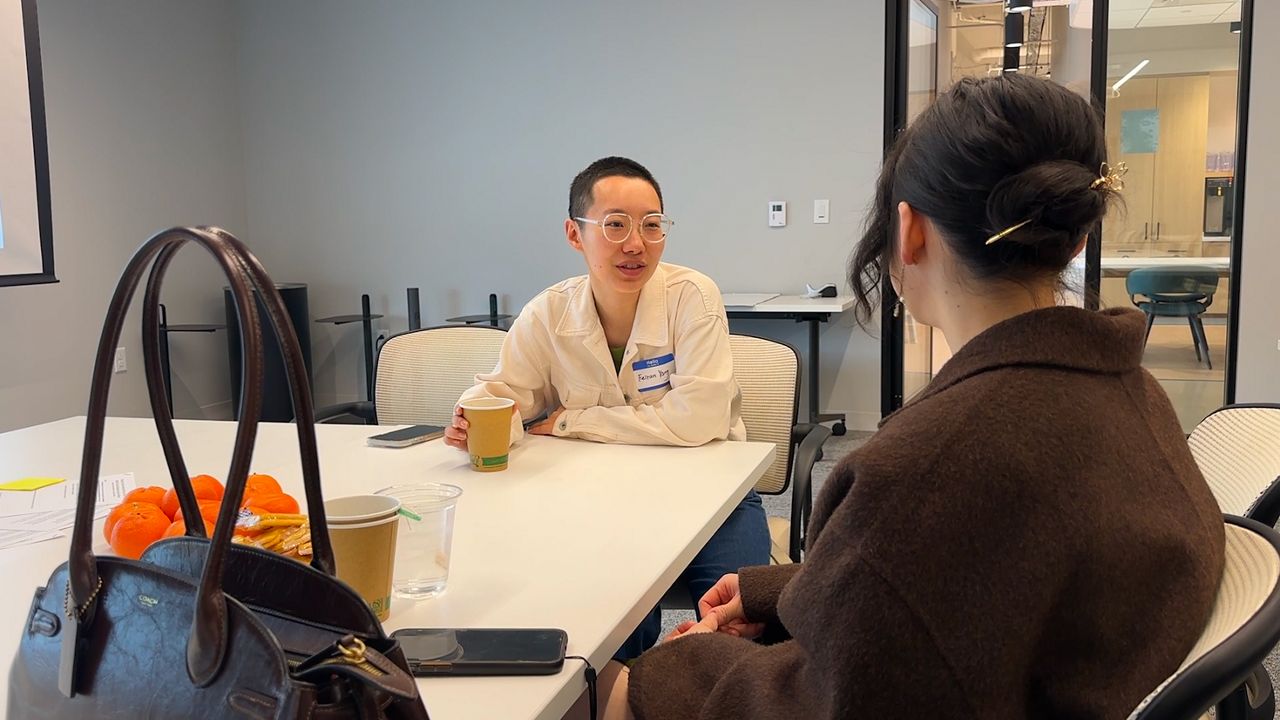COLUMBUS, Ohio — It’s a celebration of life.
12,500 pinwheels planted in the Wexner Medical Center plaza courtyard, symbolizing the 12,500 organ transplants performed at the Ohio State Wexner Medical Center since its first transplant in 1967. Over 3,000 community members planted pinwheels with eight spokes on them to illustrate how one person could potentially save eight lives as an organ donor.
“I feel great now. It’s really changed my life and got me back to being normal,” Justin Shupert.
Justin Shupert is a two-time liver transplant recipient. A husband and father of three kids, he was given a second chance at life because of organ donation and Ohio State’s Comprehensive Transplant Center.
“To give and change someone’s life like myself. So I could be with, you know, with my family and be happy and healthy. I couldn’t, you know, I couldn’t imagine being the donor because it would make me feel, you know, amazing,” said Shupert.
The Comprehensive Transplant Center performed 573 transplants in 2023. They are ranked in the top-20 nationally for overall organ volume in the U.S.
“It really is, I think, in my view, part of society to learn to pay it forward in so many ways,” said Dr. Kenneth Washburn.
Doctor Kenneth Washburn is a liver and kidney transplant surgeon and the executive director of the Comprehensive Transplant Center. He was named ‘Best Doctor’ in 2017 and was named to Castle Connolly’s regional top doctor’s list. Organ transplant recipients and donors thanked doctor Washburn all morning during the event.
“So it is very rewarding to see patients that have gotten a second chance at life and also rewarding for those that have donated organs, how they pay it forward. And I think this really is a testament to see both sides of that equation here as people who had the second chance at life and those in the able to pay it forward,” said doctor Washburn.
If you want to learn more about how to become a blood and organ donor to potentially save a life, you can visit donatelife.ohio.gov.










